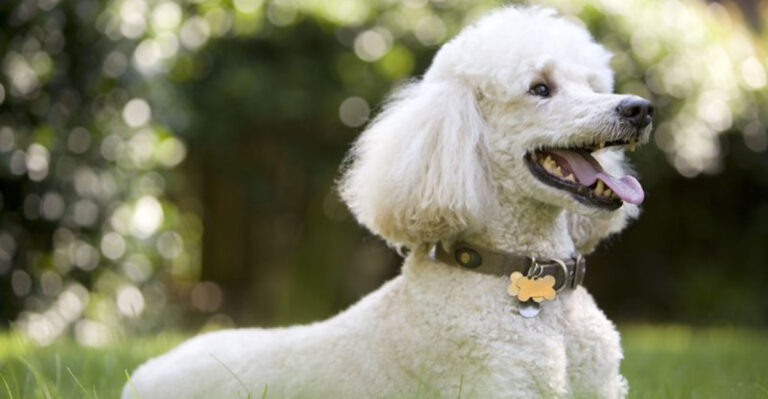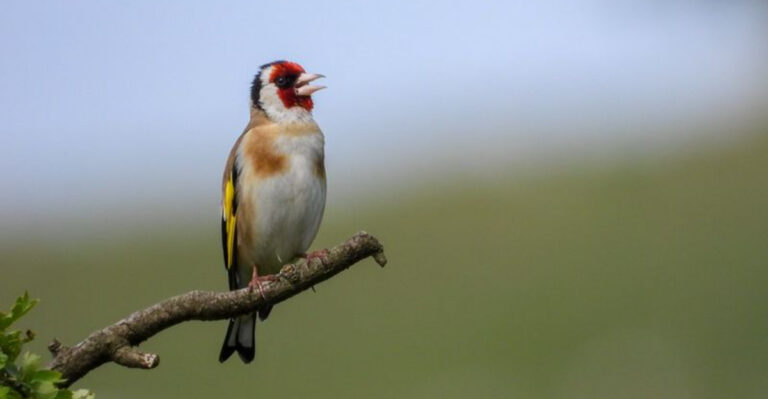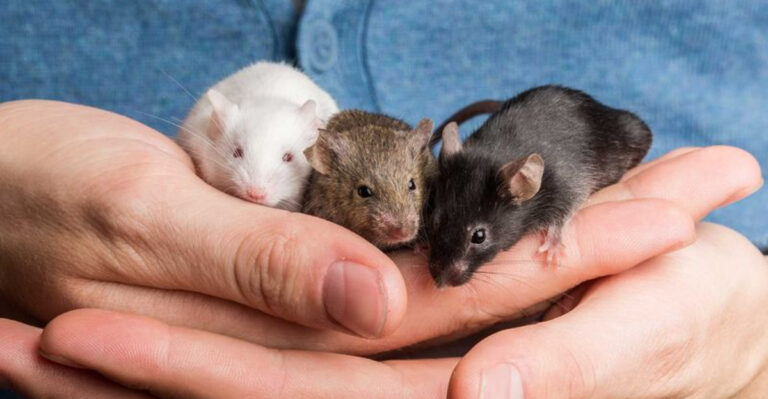15 Dog Breeds Known For Biting
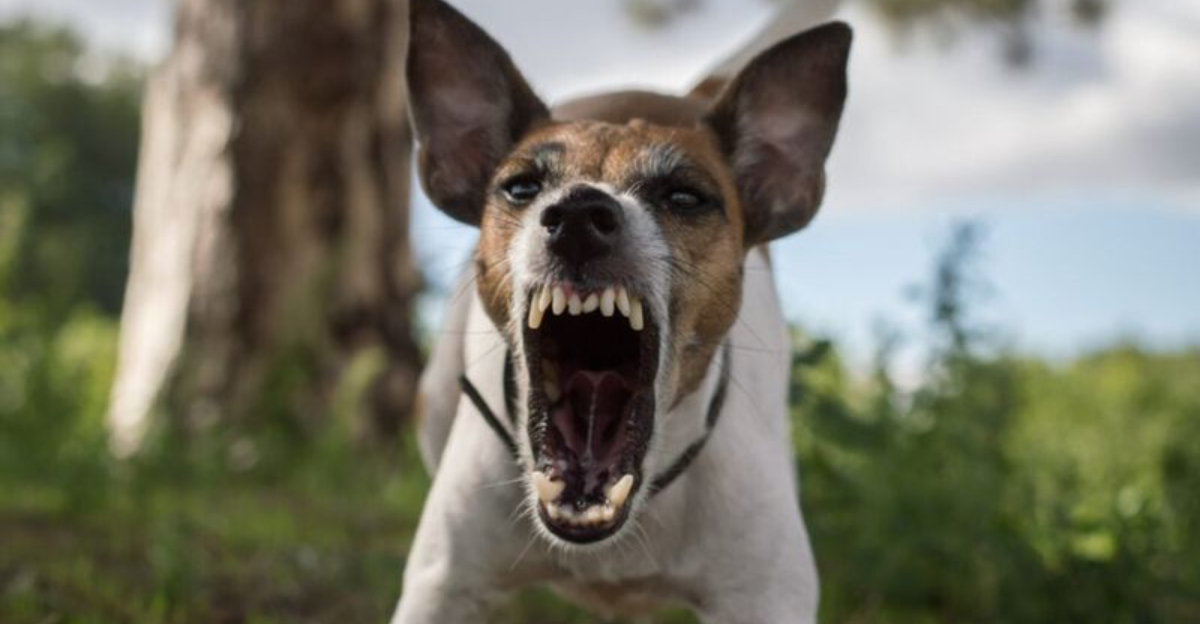
When choosing a family pet, understanding which dog breeds have higher bite tendencies can help prevent unfortunate incidents.
While any dog can bite under certain circumstances, some breeds statistically show higher rates of biting behavior due to their history, temperament, or specific breeding purposes. Learning about these breeds doesn’t mean avoiding them entirely, but rather knowing how to properly train and manage them for everyone’s safety.
1. Pit Bull Terriers
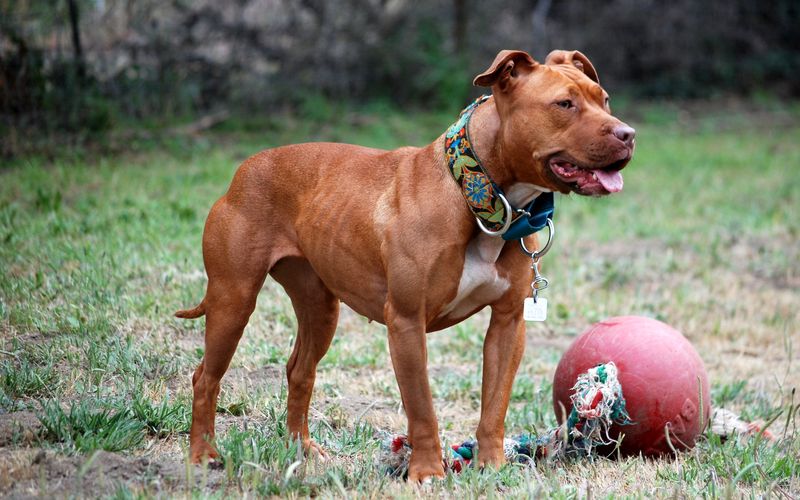
Originally bred for bull-baiting and later for dog fighting, these muscular canines often receive the most negative press about biting incidents. Their powerful jaws can cause significant damage when they do bite.
Proper socialization from puppyhood and consistent training can help manage their strong personalities. Many pit bulls are loving family pets, but their strength requires owners who understand canine behavior.
2. German Shepherds

Behind those alert ears and intelligent eyes lies a protective instinct that occasionally manifests as biting. Their popularity as police and military dogs stems from their loyalty and willingness to defend their handlers.
Early training channels their natural protective tendencies appropriately. Without proper guidance, their defensive behaviors can become problematic, especially around strangers or in situations they perceive as threatening.
3. Rottweilers
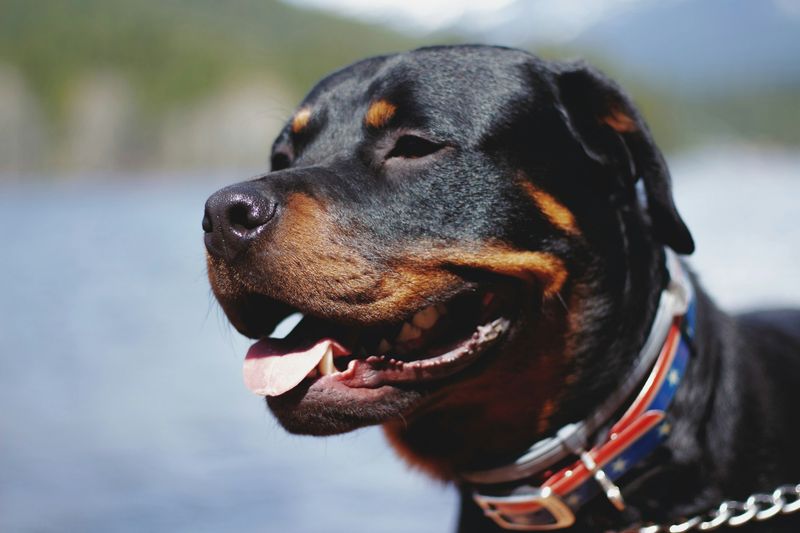
Powerfully built with a confident demeanor, Rottweilers rank high in bite statistics partly due to their sheer strength when they do bite. Historically used as cattle drovers and guard dogs, their protective instincts run deep.
Beneath their imposing exterior often lies a gentle, loving companion. However, without proper socialization, their guarding tendencies can lead to defensive biting, especially if they feel their family is threatened.
4. Chihuahuas
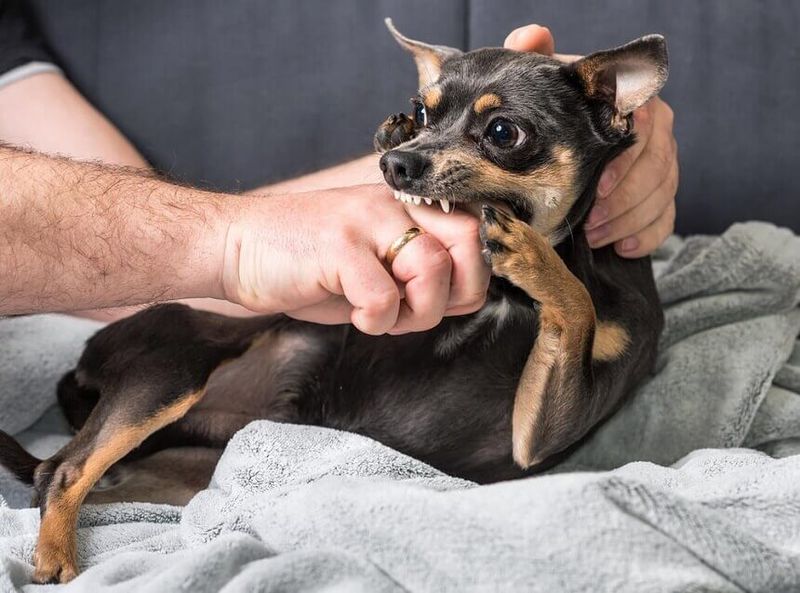
Surprising to many, these tiny dogs frequently top the charts for biting behavior. Their small size means owners often don’t take aggressive tendencies seriously, leading to inadequate training and socialization.
Fear drives many Chihuahua bites – they feel vulnerable due to their size. Though their bites cause less damage than larger breeds, their tendency to nip makes them potentially problematic around children who may not respect their boundaries.
5. Dachshunds
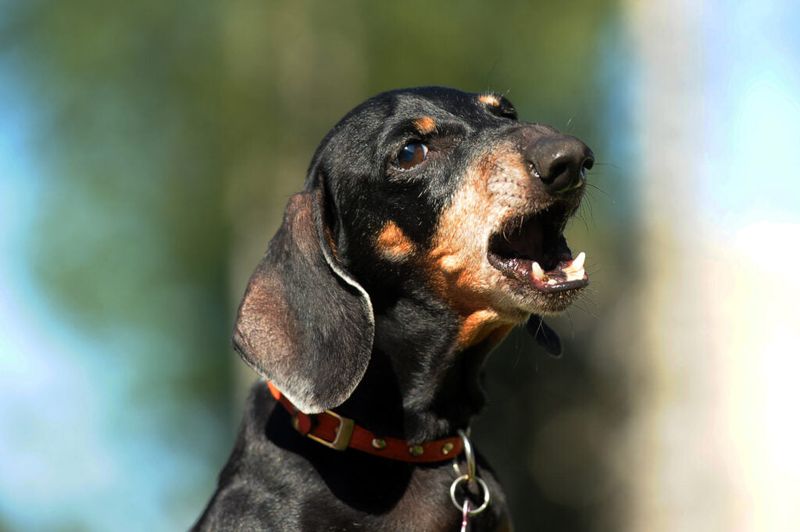
With their adorable sausage-shaped bodies, few suspect these little hunters rank among the most frequent biters. Bred to fearlessly pursue badgers underground, they possess surprising courage and sometimes stubbornness that can lead to nipping.
Their long backs make them vulnerable to injury, potentially causing pain-induced aggression. Proper handling techniques and understanding their hunting heritage helps prevent situations where they might feel threatened enough to bite.
6. Jack Russell Terriers
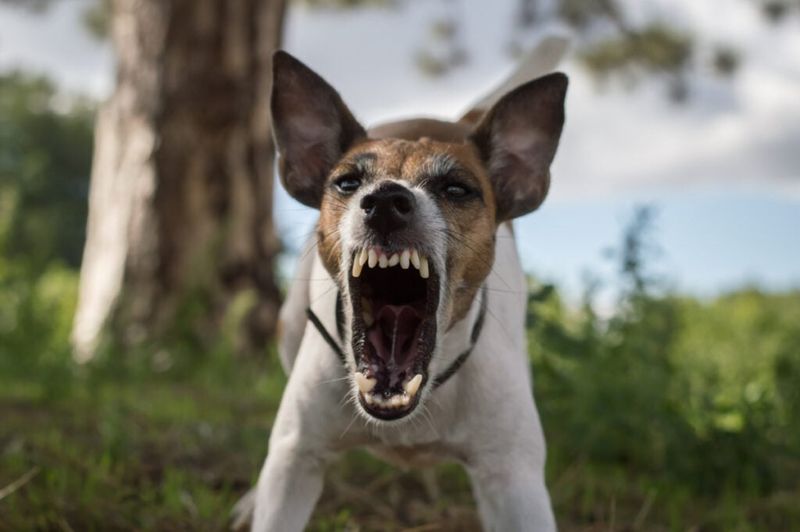
Boundless energy packed into a small frame makes these terriers challenging to manage without proper outlets. Originally bred for fox hunting, their high prey drive and tenacity sometimes translate to nipping behaviors.
Mental stimulation is crucial for preventing frustrated biting. Without sufficient exercise and training, their intelligence becomes problematic rather than beneficial, leading to various behavioral issues including occasional biting when overly excited.
7. Cocker Spaniels
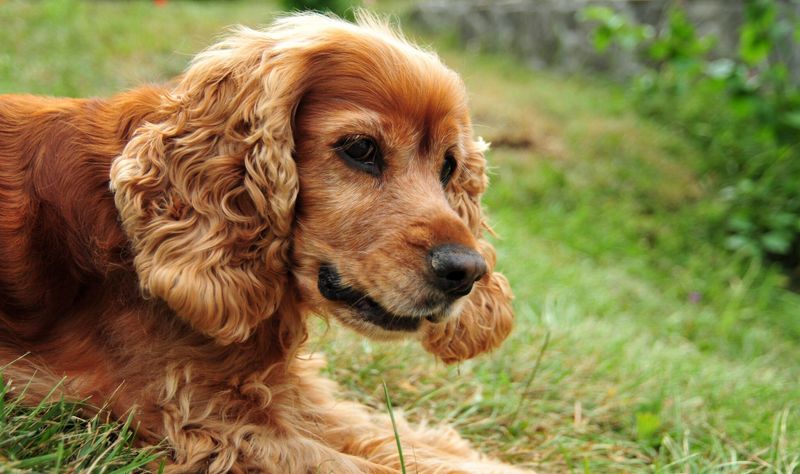
Behind those soulful eyes and silky ears lies a complex temperament that sometimes includes what experts call “Cocker Rage Syndrome.” This rare condition causes sudden, unprovoked aggression episodes in otherwise gentle dogs.
Poor breeding practices have contributed to temperament issues in some lines. Their popularity led to overbreeding, resulting in genetic tendencies toward fear-based aggression in certain individuals, though many remain the sweet family dogs they’re known to be.
8. Doberman Pinschers

Sleek and athletic, these intelligent guardians were specifically developed as personal protection dogs. Their loyalty makes them excellent watchdogs but can translate to aggression if not properly channeled through training.
Modern breeding has softened their temperaments considerably from their early days. However, their protective instincts remain strong, requiring owners who can provide clear leadership and thorough socialization to prevent defensive biting behaviors.
9. Akitas
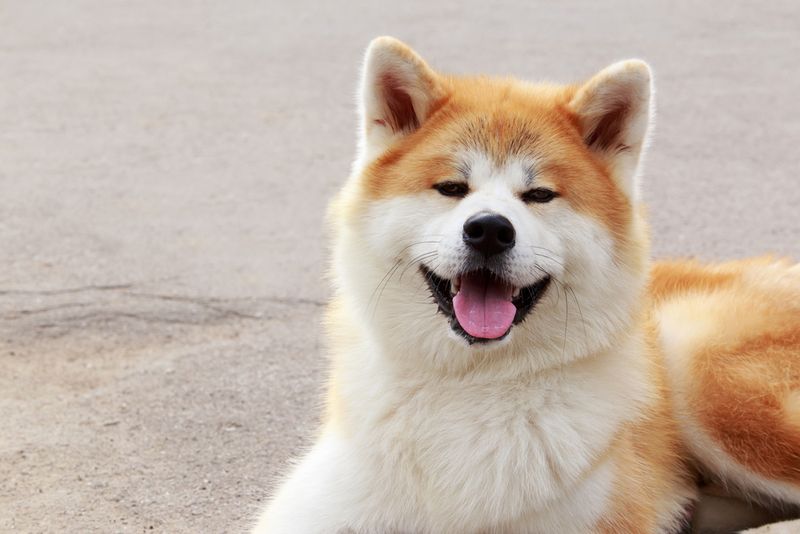
Revered in Japan for their loyalty, these powerful dogs possess strong guarding instincts that can manifest as territorial aggression. Their reserved nature with strangers sometimes escalates to protective biting if they perceive threats.
Same-sex aggression is particularly common in this breed. Their stoic demeanor means they often give subtle warning signs before biting that inexperienced owners might miss, making early training and socialization absolutely essential for these dignified companions.
10. Chow Chows
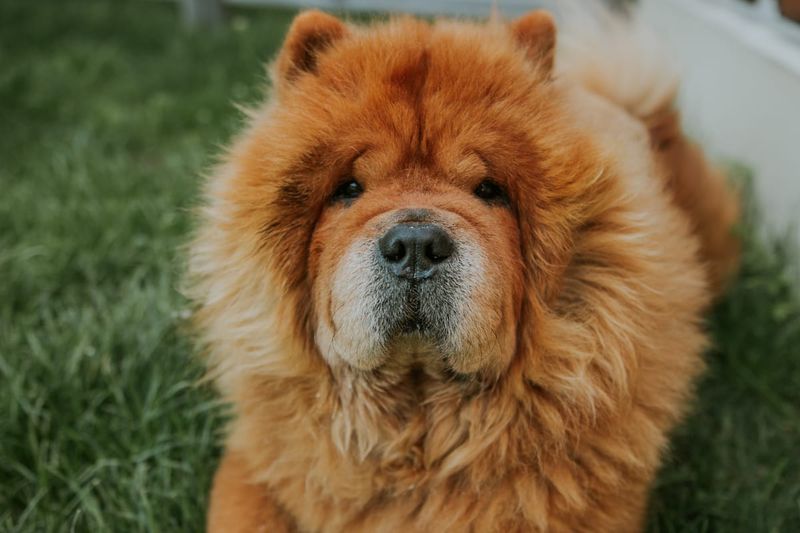
Famous for their blue-black tongues and lion-like manes, these ancient Chinese dogs maintain a somewhat aloof, independent nature. Their strong territorial instincts can lead to defensive biting when their boundaries are crossed.
Limited peripheral vision due to their facial wrinkles means they startle easily. This breed requires owners who respect their dignified nature while providing firm, consistent training to prevent situations where their protective tendencies might result in biting incidents.
11. Siberian Huskies

Beneath that wolf-like appearance and playful demeanor lies a high prey drive that occasionally targets smaller animals or running children. Their independent nature stems from being bred to make decisions while sledding without constant human direction.
Escape artists by nature, their tendency to roam can lead to confrontations. Proper containment and extensive exercise help manage their energy levels, reducing the likelihood of frustrated nipping or predatory behavior that might be misinterpreted as aggression.
12. Bull Terriers
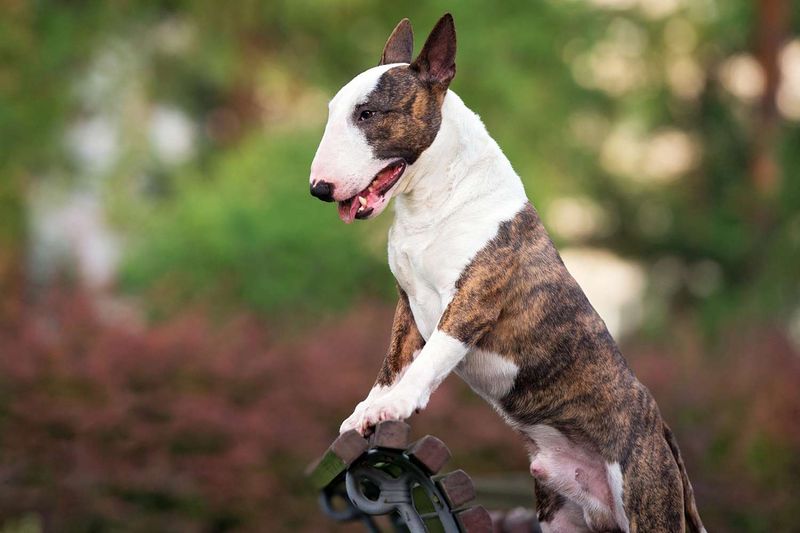
Recognizable by their egg-shaped heads, these muscular dogs were originally bred for fighting but have been transformed through selective breeding into family companions. Their playful nature sometimes turns rowdy, leading to unintentional nipping.
Strong-willed and energetic, they require owners who establish clear boundaries. Without proper guidance, their determination and physical strength can become problematic, especially in homes with small children who might not understand appropriate interaction.
13. Cane Corso

Ancient Roman war dogs transformed into modern guardians, these massive Italian mastiffs possess naturally protective temperaments. Their imposing size means even playful mouthing can be intimidating or harmful to those unfamiliar with the breed.
Early socialization is absolutely critical with these powerful dogs. Their natural suspicion of strangers serves their guardian role well but requires careful management to prevent defensive biting when they perceive threats to their family or territory.
14. Lhasa Apsos
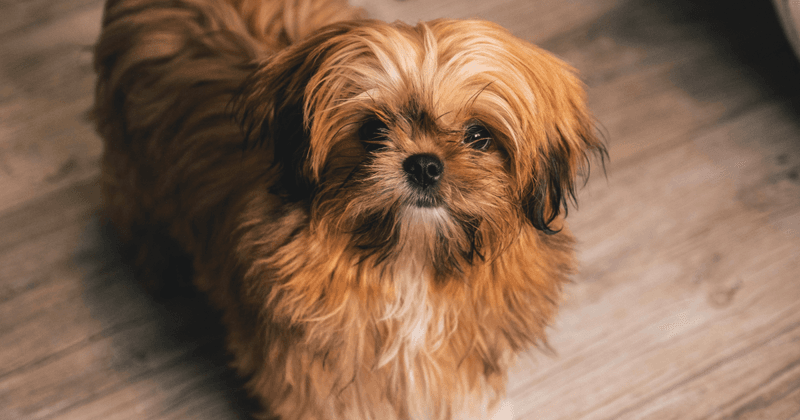
Beneath that flowing coat and seemingly decorative appearance lies a fierce guardian spirit developed over centuries of monastery watchdog duties in Tibet. Their suspicious nature toward strangers can manifest as defensive nipping.
Surprisingly territorial for their small size, they take their protection duties seriously. Without proper socialization, their natural wariness can escalate to biting, particularly when they feel cornered or when their warnings go unheeded by those unfamiliar with canine body language.
15. Malinois
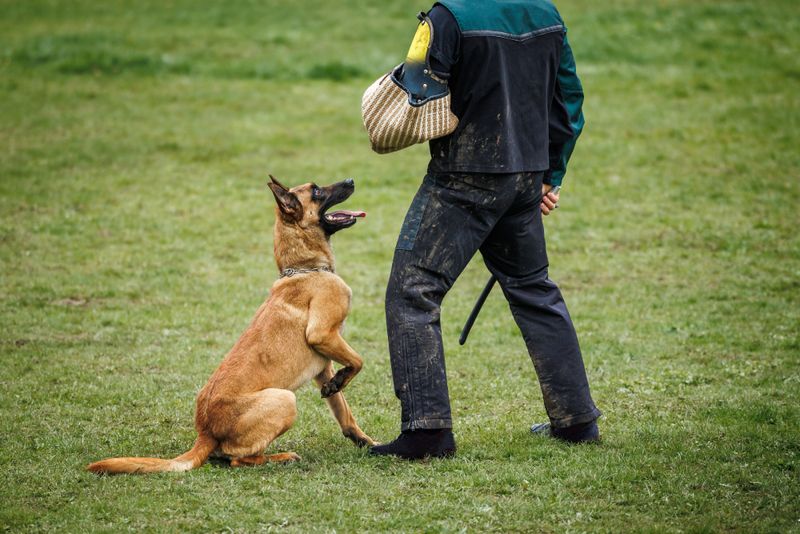
Frequently confused with German Shepherds, these Belgian herding dogs possess intense drive and energy that has made them favorites for police and military work. Their lightning-quick reactions and bite work training can become problematic in inexperienced hands.
Mental stimulation is as crucial as physical exercise for these working dogs. Without appropriate outlets for their intelligence and energy, they may develop problematic behaviors including nipping or biting, especially when their considerable needs for activity and purpose aren’t met.

